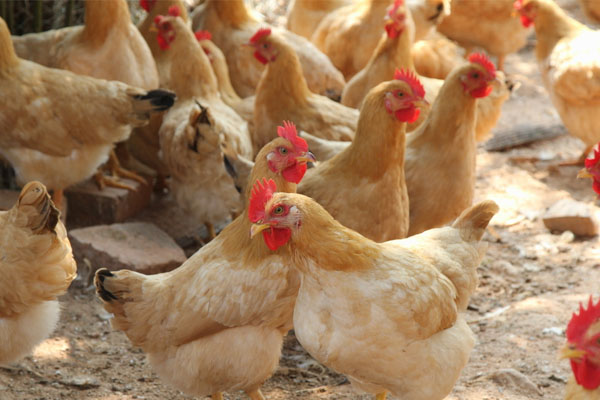Layer chicken cages are divided into deep cages and shallow cages. The depth of the deep cage is 50cm, and the depth of the shallow cage is between 30-35cm. According to the combination of cages, it can be divided into three types: full-stepped, half-stepped and stacked cages.
Full-step chicken coop. The full-step cage generally has 3 to 4 layers, the upper and lower cages are completely staggered, and the chicken manure directly falls in the manure ditch, which is conducive to cleaning the manure; good ventilation and sufficient light. The disadvantage is that the stocking density is low and the area is relatively large. At present, the most commonly used are: three-layer fully stepped layer cages, one group can accommodate 90-96 chickens. Four-layer stepped layer cage, one group can hold 120-160 chickens.
Half-step chicken cage. The arrangement of half-stepped chicken cages is similar to that of full ladders, but there is a part of the weight between the upper and lower cages. The overlapping part of the cage is equipped with a manure bearing plate, installed at a certain angle, and the manure can clear the manure ditch. Because its breeding density is 1/4 higher than that of full-step chicken cages, it has higher requirements for ventilation, cooling, and disinfection.
Stacked layer battery cages for layers. The upper and lower layers of the chicken cage completely overlap, generally 3-5 layers, with a large gap between the upper and lower layers. The built-in manure bearing plate facilitates manure cleaning operations. Its advantages are high feeding density and small floor space. The disadvantage is that the requirements for the construction, ventilation equipment, and manure removal equipment of the chicken house are relatively high, and it is not convenient to observe the situation of the upper and lower flocks, which brings certain difficulties to management. Under current conditions, only fully automated poultry farms are used.
